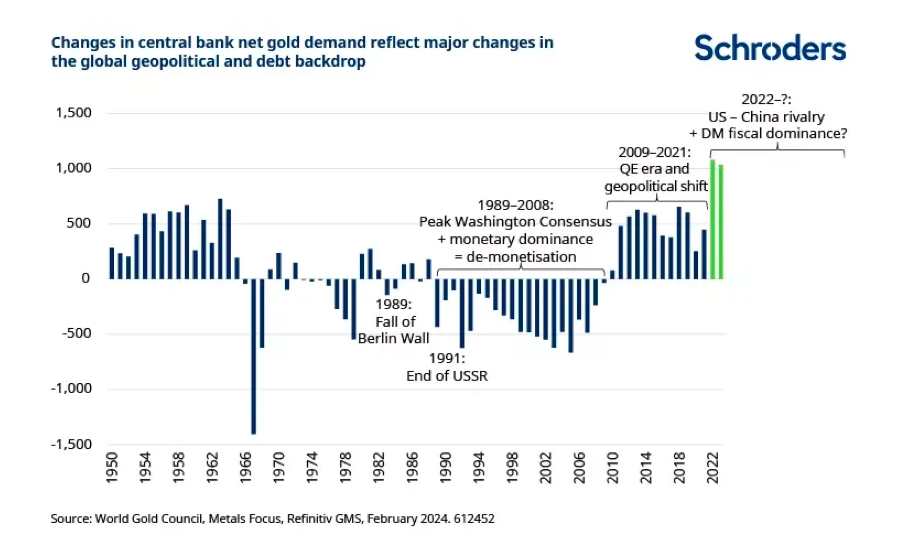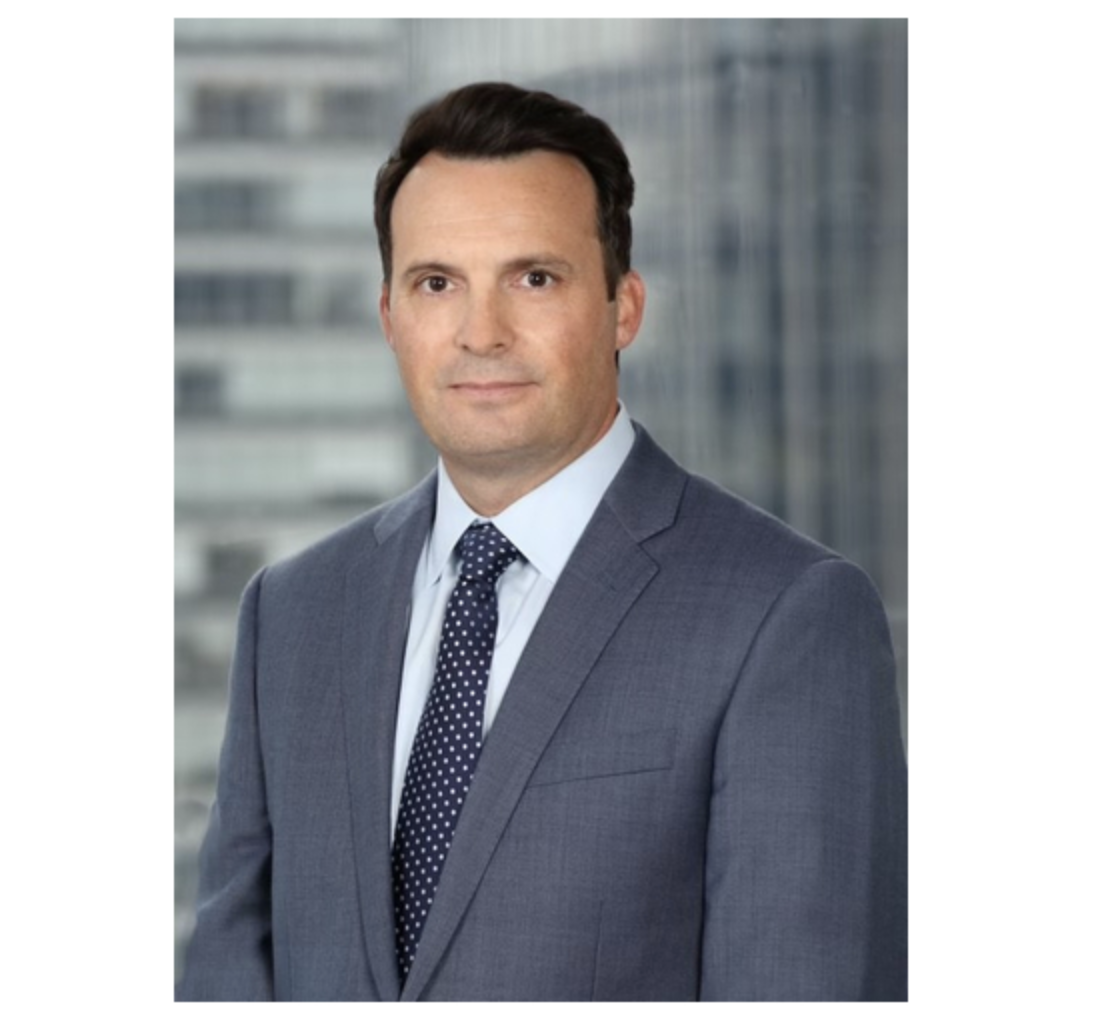China Leads the “Brand Value” of Banking Entities Worldwide
| By Beatriz Zúñiga | 0 Comentarios

The total brand value of the world’s top 500 banks has doubled in a decade, according to the latest edition of the Brand Finance Banking 500 2024 ranking. The combined value of the 500 most valuable banking brands in the world has reached a record high of €1.35 trillion ($1.44 trillion), nearly double what it was a decade ago, according to Brand Finance’s sector report.
Notably, China dominates this ranking, with its entities occupying the top four positions: ICBC, China Construction Bank, Agricultural Bank of China, and Bank of China. The report indicates that Chinese banking brands have appreciated in value, retained the top four positions, and increased their brand value.
“The Chinese banking sector shows remarkable recovery, with the four major banks far ahead of their U.S. counterparts. ICBC (Industrial and Commercial Bank of China) remains the most valuable banking brand in the world for the eighth consecutive year, with a brand value of €67 billion. China Construction Bank, Agricultural Bank of China, and Bank of China occupy the second, third, and fourth positions, respectively,” the report states.
Another trend evident in the evolution of this ranking is that local banking brands prove to be stronger than global ones: BCA, from Indonesia, stands as the strongest banking brand in the world, and regional African operators score high in brand strength. In contrast, the brand value of Russian banks continues to plummet.
For U.S. banks, it is notable that they have experienced a slight decline of 6.6% in terms of brand value. Despite this, Bank of America retains the title of the leading U.S. banking brand for the fourth consecutive year, ranking fifth overall with a value of €34.8 billion. Meanwhile, Wells Fargo, which ranks sixth overall, has narrowed the gap with its U.S. competitor, with a 5% increase, reaching a brand value of €33.4 billion.
Commenting on these results, David Haigh, Chairman and CEO of Brand Finance, stated: “As the world’s leading banking brands reach new heights, Chinese megabanks continue to dominate at the top of the brand value ranking. Another key finding from our market study is that local banks are increasingly eclipsing their larger counterparts in brand strength. Dominant brands thrive in unique markets with limited competition, while banks that expand into multiple markets can successfully increase their brand value but risk diluting their strength.”
Regarding these trends, Brand Finance’s market study indicates that local and regional banks are performing as well as, and in many cases better than, banks with a global presence in terms of positioning their brand in the hearts and minds of customers.
For example, BCA of Indonesia is the strongest banking brand in the world, with a score of 93.8/100 in the Brand Strength Index (BSI) and an elite AAA+ rating. Three African brands, Equity Bank, First National Bank, and Kenya Commercial Bank, along with Romania’s Banca Transylvania, are among the five strongest brands in the world, all with AAA+ ratings.
Finally, regarding movements within the ranking, only 11 of the top 50 countries experienced declines in aggregate value, led by Russia (69%), Nigeria (28%), and Malaysia (20%). “As expected due to the international sanctions imposed on Russia, the country’s two largest brands—Sber and VTB—are at the forefront of those that have seen the largest percentage drops in brand value, with declines of 64% and 91%, respectively,” the report notes.











